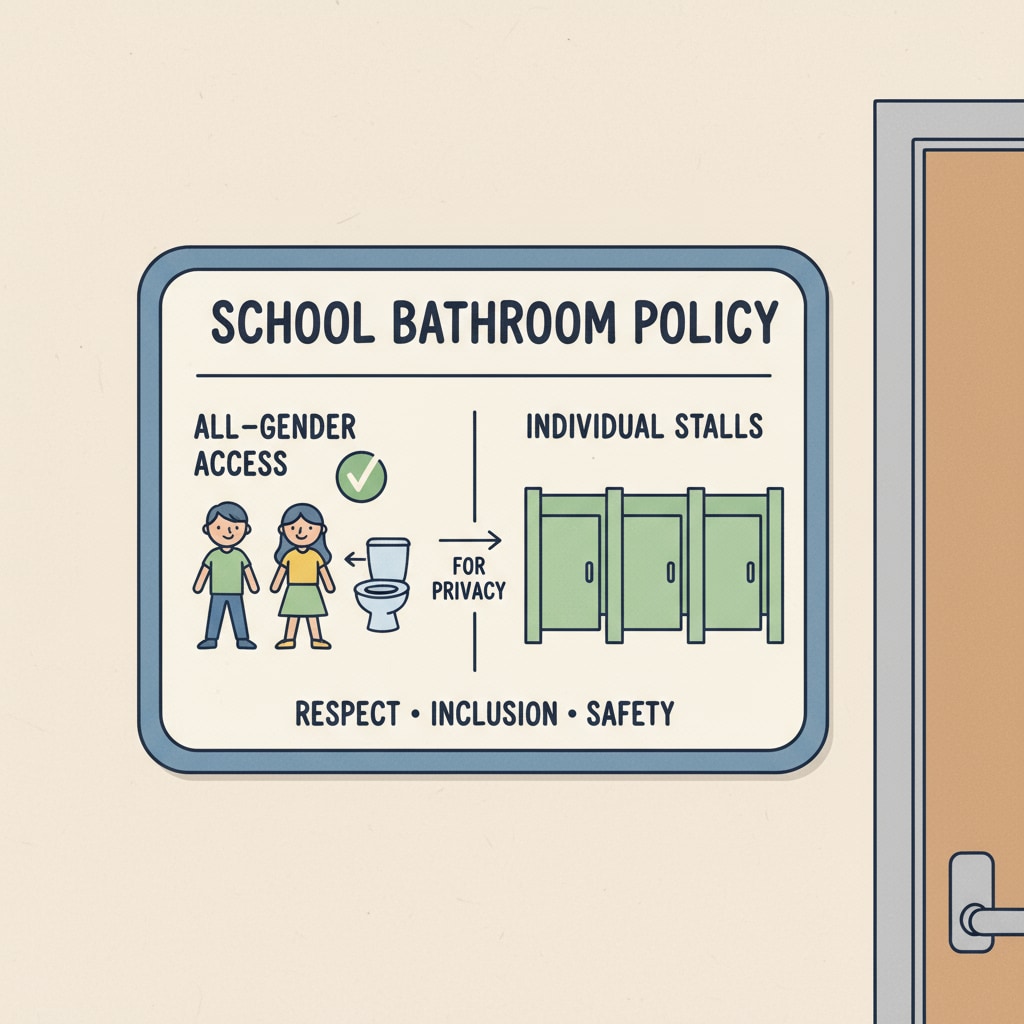The US Department of Education’s review of Fairfax County schools’ bathroom gender policy has brought the complex issue of gender inclusion in educational institutions to the forefront. This review has not only caught the attention of educators and parents but also triggered a wide – ranging discussion about the balance between creating an inclusive environment and ensuring the safety and comfort of all students.

The Background of the Review
The push for more inclusive bathroom policies in Fairfax County schools stemmed from the growing recognition of the rights of transgender and gender – nonconforming students. These students often faced difficulties and discomfort when using bathrooms that did not align with their gender identities. However, this well – intentioned move also raised concerns among some parents and community members. They worried about potential safety risks, such as the intrusion of the opposite sex into bathrooms, which could make some students, especially younger ones, feel insecure. As a result, the US Department of Education stepped in to review the policy to ensure that it met the needs of all students while maintaining a safe learning environment. US Department of Education’s Office for Civil Rights

The Educational Philosophy Conflicts
At the heart of this review lies a conflict between two important educational philosophies. On one hand, there is the principle of gender inclusion, which emphasizes the importance of creating an environment where every student feels accepted and respected, regardless of their gender identity. This philosophy advocates for breaking down traditional gender norms and providing equal opportunities for all students. On the other hand, there is the concern for safety and privacy. Many believe that maintaining separate bathrooms based on biological sex is a fundamental way to protect students’ privacy and ensure their physical and emotional safety. Finding a middle ground between these two seemingly opposing views is a major challenge for the Department of Education and school administrators. National Education Association’s stance on gender identity
The regulatory mechanisms involved in this review are multi – faceted. The Department of Education will likely look at whether the policy complies with federal laws, such as Title IX, which prohibits sex discrimination in educational institutions. They will also assess the implementation process, including how schools communicate the policy to students, parents, and staff, and whether there are appropriate support systems in place for students who may be affected by the policy change. Additionally, the department may consider gathering feedback from various stakeholders, such as conducting surveys or holding public hearings, to understand the real – world impacts of the policy.
The impacts of this policy review on the K – 12 educational environment are far – reaching. For students, it could either lead to a more inclusive and positive learning experience if the policy is implemented well, or cause disruptions and anxiety if not. Teachers and school staff also face new challenges, such as how to handle potential conflicts that may arise in the bathroom area and how to educate students about respect and acceptance. Moreover, the review may influence the broader educational landscape, setting a precedent for other school districts across the country.
Readability guidance: The article uses short paragraphs to clearly present different aspects of the issue. The lists help summarize key points. The passive voice is used sparingly, and transition words like “however”, “as a result”, and “moreover” are added to enhance the flow of the text. Each H2 section provides a clear focus on different elements related to the Department of Education’s review of Fairfax County schools’ gender policy.


